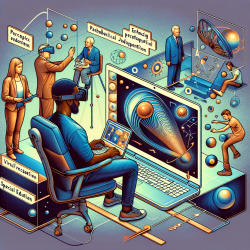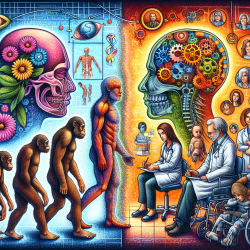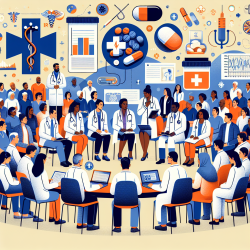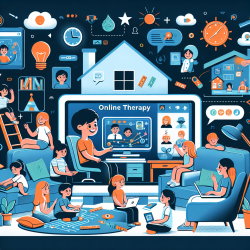In the rapidly evolving field of speech-language pathology, integrating technology into therapeutic interventions has become increasingly important. The article "Speaking Dynamically" highlights the significant impact of computer software on enhancing communication skills, particularly for individuals with speech and language difficulties. This blog post explores how practitioners can leverage the outcomes of this research to improve their skills and encourages further exploration into the benefits of technology in speech-language pathology.
One of the key takeaways from "Speaking Dynamically" is the potential for software programs to facilitate more effective and engaging therapy sessions. Software like Speaking Dynamically offers customizable options for creating dynamic communication boards, enabling speech-language pathologists (SLPs) to tailor interventions to the specific needs of their clients. This level of personalization is crucial for engaging clients in therapy and ensuring that the content is relevant and motivating.
For practitioners looking to incorporate such technology into their practice, here are several strategies based on the outcomes of the research presented:
- Personalize Therapy Sessions: Utilize software to create custom communication boards that reflect the interests and needs of your clients. This approach not only enhances engagement but also makes the therapy more relevant to the client's daily life.
- Encourage Active Participation: Technology allows for interactive sessions where clients can take a more active role in their therapy. Interactive software can help clients feel more in control and invested in their progress.
- Incorporate Multimedia Elements: Use software that supports images, videos, and sounds to enrich the therapy experience. Multimedia elements can provide context and make abstract concepts more concrete for clients.
- Facilitate Remote Therapy: Online therapy services have become indispensable, especially in light of recent global events. Software that supports remote therapy can help SLPs reach clients who are unable to attend in-person sessions.
- Track Progress: Many software programs offer features for tracking and analyzing client progress. This data can be invaluable for adjusting therapy strategies and demonstrating outcomes to clients and their families.
While the integration of technology into speech-language pathology offers numerous benefits, it is not without challenges. Limited access to computers and lack of training were cited as significant barriers. However, with the increasing availability of affordable technology and online training resources, these obstacles are becoming less insurmountable. SLPs are encouraged to seek out professional development opportunities to enhance their technological proficiency.
Encouraging further research into the effectiveness of specific software programs in speech-language pathology is crucial. As the field continues to evolve, staying informed about the latest technological advancements and their clinical applications will be essential for SLPs committed to providing the highest quality of care.
In conclusion, "Speaking Dynamically" underscores the transformative potential of technology in speech-language pathology. By embracing these tools, practitioners can enhance therapy outcomes, engage clients more effectively, and overcome traditional barriers to access. As we continue to explore the intersection of technology and therapy, the possibilities for innovation and improvement in speech-language pathology are boundless.
To read the original research paper, please follow this link: Speaking Dynamically.










